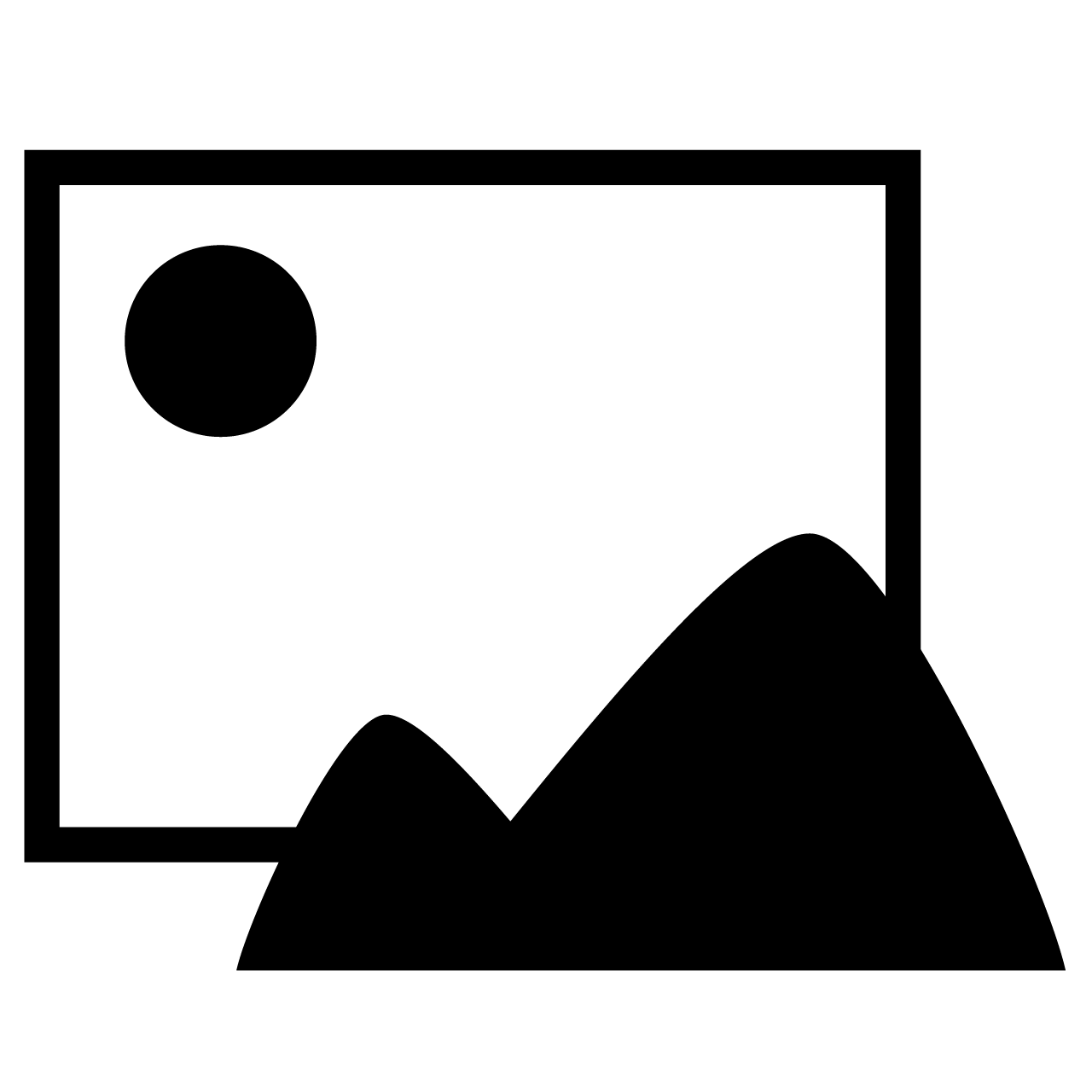
Create Density Matrix From XY Data Points
// NOTE: This is experimental - not thoroughly tested. // // CreateDensityMatrix(xw, yw, numXElements, numYElements, matName) // xw and yw contain the location of stars in a galaxy. // We want to create a contour plot of the density of stars. // To create a contour plot we first need to create a matrix whose X and Y // values cover the range of data in xw and yw and whose Z values count // the number of stars in a given box (pixel) in the matrix. // // Example: // Make/O/N=10000 xData=gnoise(1), yData=gnoise(1) // CreateDensityMatrix(xData, yData, 100, 100, "densityMat") // NewImage densityMat // AppendMatrixContour/T densityMat Function CreateDensityMatrix(xw, yw, numXElements, numYElements, matName) Wave xw, yw Variable numXElements // Number of X elements in output matrix Variable numYElements // Number of Y elements in output matrix String matName // Name to use for output matrix // Make matrix with specified number of X and Y elements. // NOTE: This overwrites an existing wave with the specified name. Make/O/N=(numXElements,numYElements) $matName Wave mat = $matName // Create wave reference for the matrix mat = 0 WaveStats/Q xw // Find the X range Variable xMin = V_min Variable xMax = V_max Variable xSpan = xMax - xMin WaveStats/Q yw Variable yMin = V_min Variable yMax = V_max Variable ySpan = yMax - yMin // Set the X and Y scaling of the matrix SetScale x xMin, xMax, mat SetScale y yMin, yMax, mat // Create temporary wave containing the X element number for a given point in the input x wave Variable numXPoints = numpnts(xw) Make/O/N=(numXPoints) xElementNumbersTemp xElementNumbersTemp = round(numXElements*(xw-xMin)/xSpan) // Create temporary wave containing the Y element number for a given point in the input x wave Variable numYPoints = numpnts(yw) Make/O/N=(numYPoints) yElementNumbersTemp yElementNumbersTemp = round(numYElements*(yw-yMin)/ySpan) Variable xElement, yElement for (xElement=0; xElement<numXElements; xElement+=1) Variable xEl = xElementNumbersTemp[xElement] for (yElement=0; yElement<numXElements; yElement+=1) Variable yEl = yElementNumbersTemp[yElement] mat[xEl][yEl] += 1 endfor endfor KillWaves/Z xElementNumbersTemp, yElementNumbersTemp End

Forum

Support

Gallery
Igor Pro 10
Learn More
Igor XOP Toolkit
Learn More
Igor NIDAQ Tools MX
Learn More

May 30, 2011 at 06:18 am - Permalink
#include <Bivariate Histogram 2>Then close the Procedure Window. Now you will find under the Macros menu, an item "Bivariate Histogram" that leads to a submenu with variations on the theme. The documentation is entirely in the form of comments at the top of the procedure file. To read them, select Windows->Procedure Windows->Bivariate Histogram 2.ipf. The Macros menu items lead to a very simple GUI so that you don't have to type out the function invocation on the command line.
John Weeks
WaveMetrics, Inc.
support@wavemetrics.com
June 1, 2011 at 10:18 am - Permalink